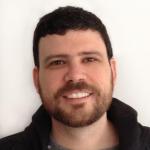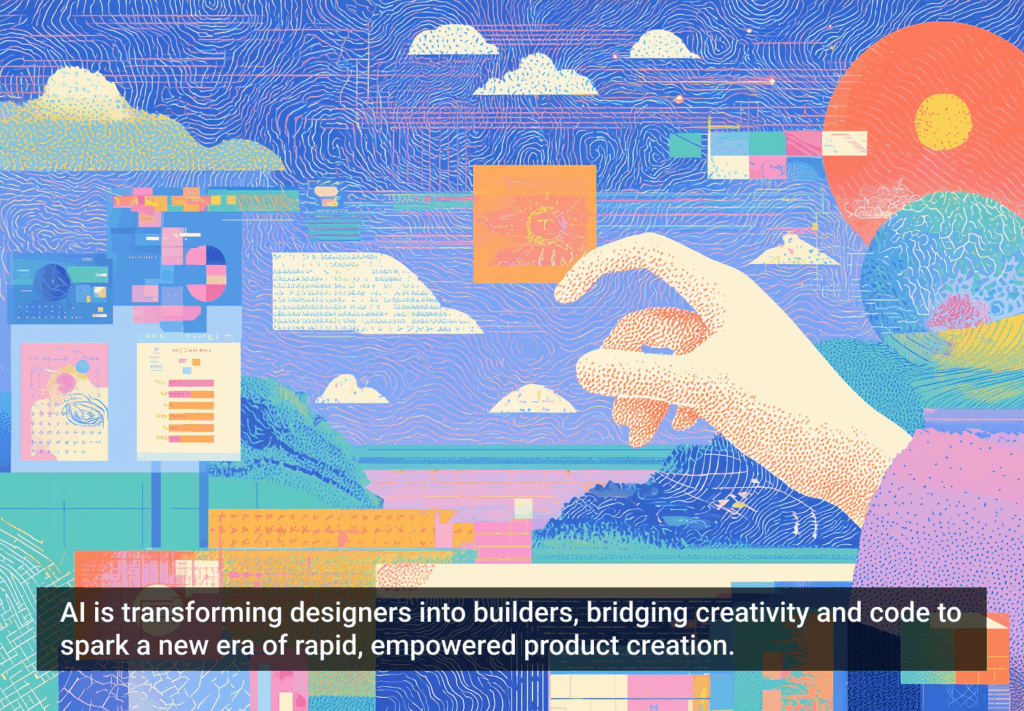The Product Owner, or PO, is your main point of contact with a client during the life of a project. It’s not rare to work with many different types of POs over the course of a career, and it’s important that during initial conversations you try to identify potentially troublesome POs early-on to avoid common issues that can arise as you work together.
Although this article will talk mostly about the relationship between UX leaders and clients, you can also identify and apply these PO attributes when working as a freelancer, consultant, or as part of a larger team. The objective is not to generalize—the same person can have some, all, or none of the following characteristics. What’s important is to observe and learn from them.
The Fearful PO
Some POs are not the decision-makers. These POs are often afraid of giving feedback, for different reasons. They may be new at their company and want to guarantee the success of a project that will, in-turn, guarantee the longevity of their position. They might also be new to the PO position and still learning the ins and outs of the role. Or, perhaps they are just insecure. Generally, the fearful PO will ask for a lot of changes or versions to make sure they can show their boss that they are doing a good job. Their lack of decision-making prowess, for whatever reason, will lead to your team being overworked—something you should avoid at all costs.
A good way to deal with the fearful PO is to over-explain things. Make sure you provide sufficient arguments and information so the PO can feel secure when passing materials along to supervisors. Being convincing and detailed is not always an easy task, but it’s a good way to make your fearful PO feel confident in the product you are creating.
The Strangler PO
Some POs will always try to get more from you; it’s as simple as that. They will ask for more options just because they believe the number of hours logged correlates to the quality of the material generated and they want to make sure you are working more. They will be very difficult clients who rarely give you positive reactions and can ruin the entire project climate. They typically believe that tension creates a more productive environment and will ensure they receive the attention they, in their own minds, deserve.
Although creating a stressful environment might work in certain situations—like when time is running out on a deadline or when you need your team to feel pressured to give the correct level of attention to their tasks—it usually frustrates and fosters a lack of confidence in team members.
As a leader you will need to make sure the pressure doesn’t go straight to the team. You need to work as a shield, filtering the stress and anger coming from the strangler PO to maintain a happy and productive climate inside your team. This is the best way to satisfy both sides—maintaining the trust of your coworkers and improving the chances of generating the results the PO is expecting.
The Fawning PO
Be careful, a fawning PO can be very dangerous. If you are only getting positive feedback and the material you create is approved right away, you might be in a very dangerous situation—even if you feel all your decisions are correct. Unless you have worked with this client for a long time, know a lot about their brand and products, and have established trust with your work, you might be in for a nasty surprise. While you think everything is going great, the fawning PO could be making decisions they have no power to make. They could be very busy trying to get rid of possible issues themselves, or simply be unaware of how to give you precise critiques.
If you detect this situation, you should stop working immediately and have a straightforward discussion about the project. Ask if the PO is sharing the material with other stakeholders and if you can to go into detail on any aspect of the project or give them more specifics about any of the work produced so far. By addressing these topics head-on, you can give the PO an opportunity to get more information and avoid larger issues as the project progresses.
The Busy PO
A PO who handles thousands of projects at once, never has time to schedule a call with you, and doesn’t answer your emails is potentially trouble. Everybody knows we work around timelines and budgets, and if we don’t have proper coordination with the client, the project cannot succeed.
This is one of the beauties of agile, which we use at Ci&T. The daily calls that are built into this methodology guarantee the presence of the PO for at least 15 minutes every day, which contributes to a healthy project. If the PO is not attending these meetings, it should be quickly addressed before bigger issues arise due to a lack of communication.
Even if you are not working with agile, your team should make some time every day to discuss the progress of the work with the PO. If you don’t have material to show, a very brief call will suffice. Ask your team members to talk about their tasks, what they’ve accomplished, and any questions or if any issues have come up.
The Fleeting PO
Some POs know they will not be leading a project for too long—maybe they have a vacation scheduled, are applying for a different position within or outside of the company, or know they are at risk of being fired. A PO in this position may not care if they make an irresponsible decision and may not prioritize keeping tabs on the project.
In this situation, learn the fleeting PO’s schedule. Try to get close to your PO and create a level of trust so you will learn about their situation and how it might affect the project.
Not All POs …
These are just some problem POs that I have heard about and worked with over the years. However, it’s important to remember that for every troublesome PO, there are many others who are efficient, communicative, and a delight to work with. Normally your PO is as interested as you are in the success of the project. Be transparent; share your concerns and frustrations but make sure to also share the accomplishments, discoveries, and excitement with them.
Don’t start a project thinking it will be another fight where you need to beat first to not be beaten. Instead, think of a new project as a journey. You are the driver, but sometimes you need to let the PO take the wheel. The relationship between the project team and the PO is critical to eventual success, so the quicker you identify potential problems and mitigate them, the better for everyone.
Chain pulling image courtesy Shutterstock







